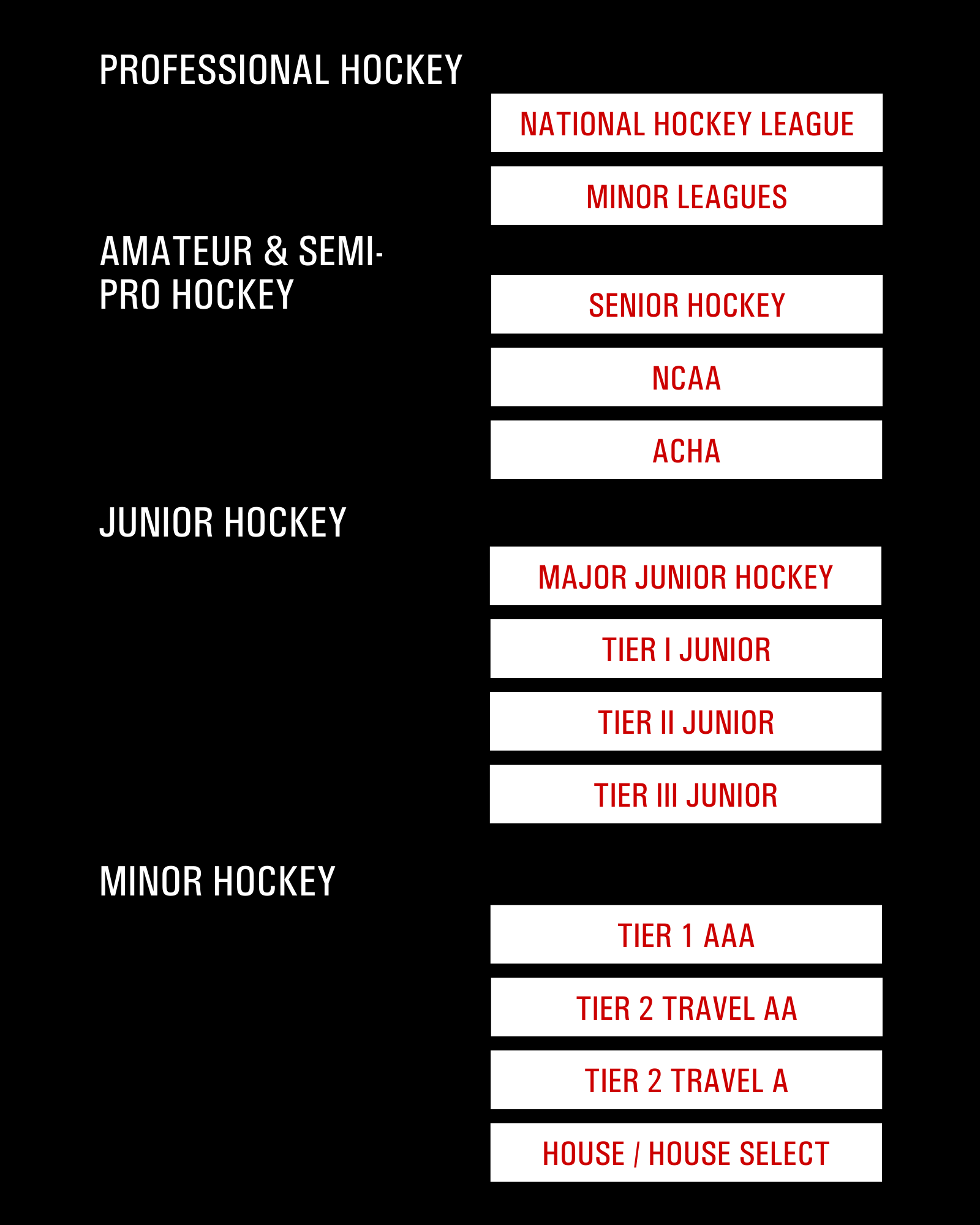STEP #2
get involved
The PHHL offers competitive hockey at the developmental and recreational levels in both the fall and spring seasons for players 6U through 18U.
The Hillsborough Hogs offer house hockey for Durham/Orange County players and participate in the Polar House League.
The Hurricanes’ Lil Lady Canes League is for players ages 6-11 who have recently graduated from the First Goal Program or Girl’s Continue to Play and are ready to give league-play a try.
Super 8 is an 8U Junior Canes program to supplement the PHHL experience with an additional weekly skills development session and participation in three travel tournaments/jamborees. This is an open registration, non-tryout program.


STEP #3
Be patient
The best part of getting started in hockey is the thrill of that first goal or first save.
Big dreams and lofty goals are born with the thrill from those firsts, but it's critical to remember that hockey is a marathon, not a sprint.
MYTH: THE TOP PLAYERS AT 8U ARE THE TOP PLAYERS AT 12U
All players develop at different rates, and so much of what separates players at young ages is skating proficiency. Physical size and strength plays a role, but so does instruction.
Too often, young players find early success in recreational hockey and rush to skip over critical foundational development in favor of programs that promise "elite competition" to accelerate a player's development.
As size and strength balances over time, the players who have focused on skating technique and skill acquisition often pass the players who put individual development on the back burner.
STEP #4
Know what's ahead
MINOR (YOUTH) HOCKEY - TIER I, TIER II & HOUSE
The "House" designation is for competitive recreational teams that participate in leagues confined by a single association (Ex., Polar). "House Select" are generally tournament teams formed from House programs via tryout or invitation. This level can also be considered Travel B or C.
Tier 2 is an open division divided into AA, A, B and C level designations based on skill level for scheduling purposes. There is no external certification process for these designations so teams are often mis-designated. USA Hockey holds national championships at the Tier 2 level, encompassing all levels of designation.
Tier 1 AAA requires certification from an association's USA Hockey Affiliate based on being able to meet specific programming criteria, so naturally there are far fewer Tier 1 AAA teams than Tier 2 teams. In North Carolina, Tier 1 AAA begins at 11U.
JUNIOR HOCKEY
Junior hockey is designed to showcase players aged 16 to 20. Tier III Juniors is "pay to play" where athletes will pay tuition for participation. Tier II is not play to play, but athletes are responsible for their room and board. Tier I covers the cost of playing as well as room and board. All three tiers allow players to maintain NCAA eligibility, while Major Juniors pays a stipend.

COLLEGIATE HOCKEY
NCAA Hockey is split into Division I, Division II and Division III just like most other collegiate sports. For women's hockey, there are two divisions ... the National Collegiate Division and Division III. In men's hockey, there is only one Division II conference - the Northeast 10 Conference - that offers varsity hockey, and the NCAA does not recognize a DII national champion.
For the 2023-24 season, there are 64 men's Division I teams and 84 men's Division III teams. On the women's side of the sport, there are 44 Division I teams and 67 Division III teams.
Non-varsity programs are growing in popularity as nearly 500 men's and women's club teams make up the American Collegiate Hockey Association (ACHA) and another 140 programs in AAU College Hockey. Like the NCAA, both the ACHA and AAU is split into three Divisions for men. The ACHA offers two divisions for women while the AAU offers one. The ACHA and AAU names a national championship in each division.
